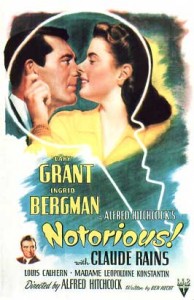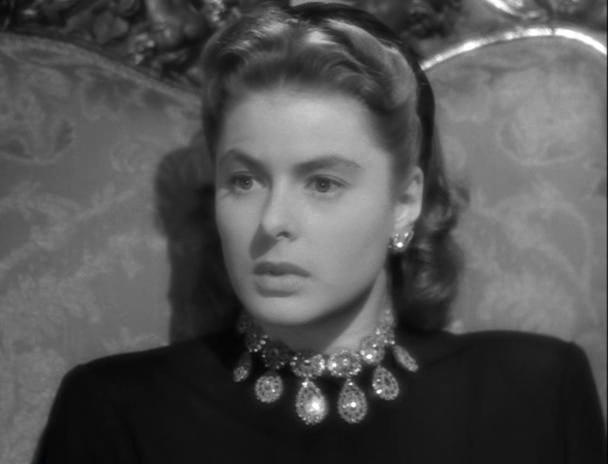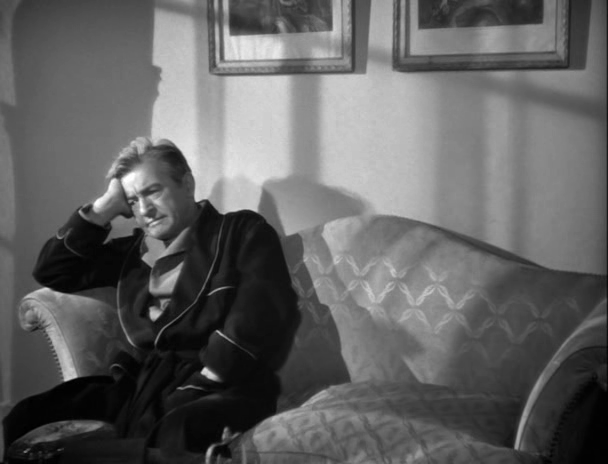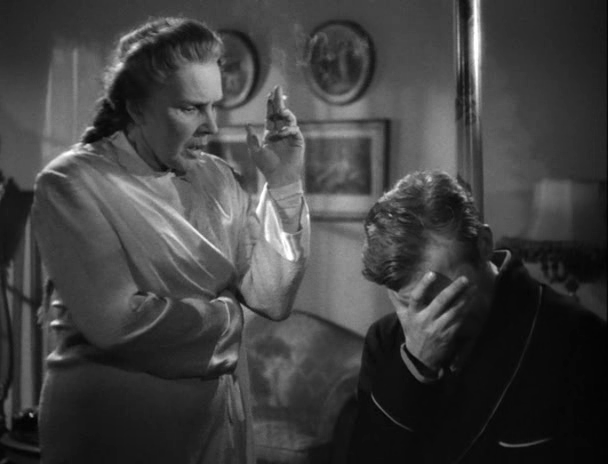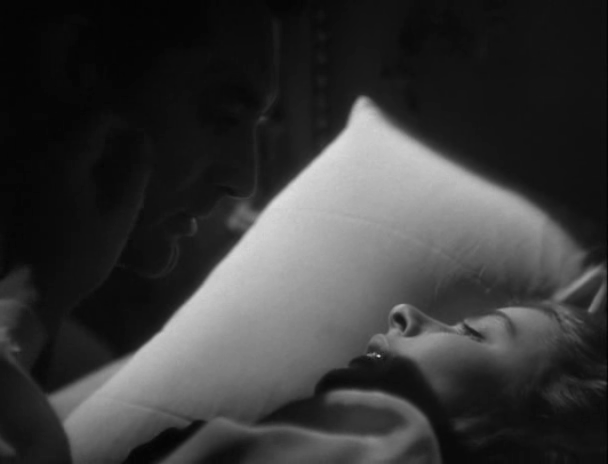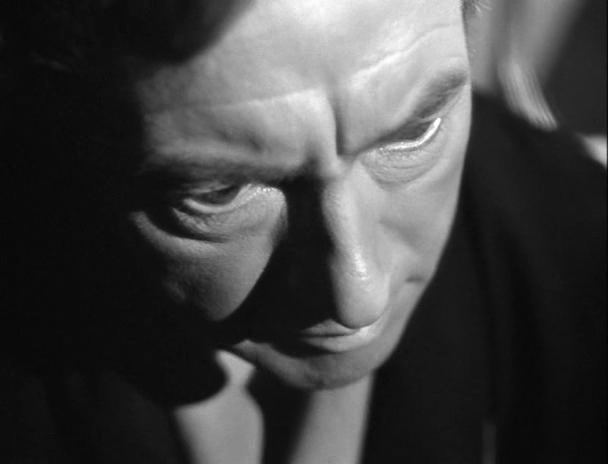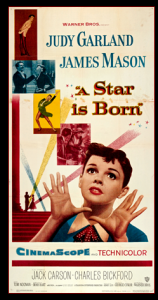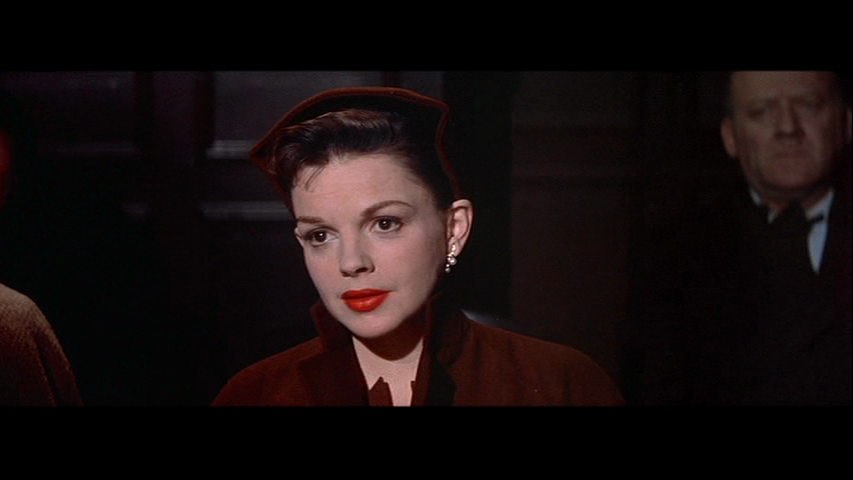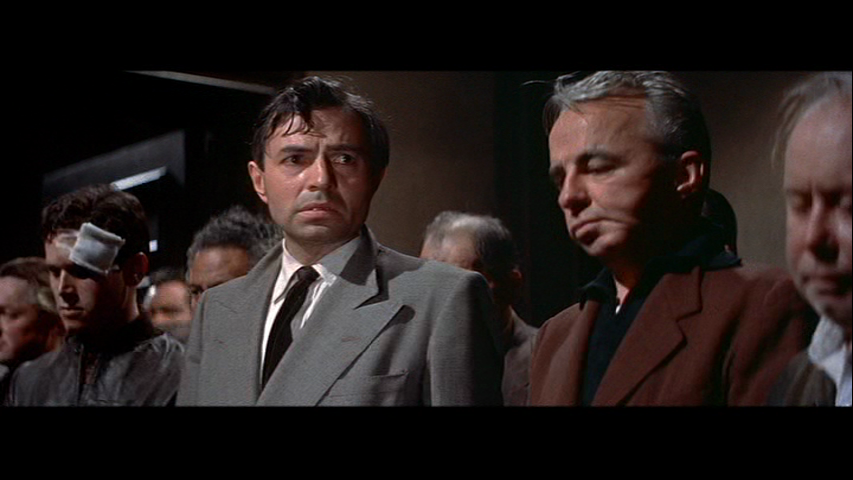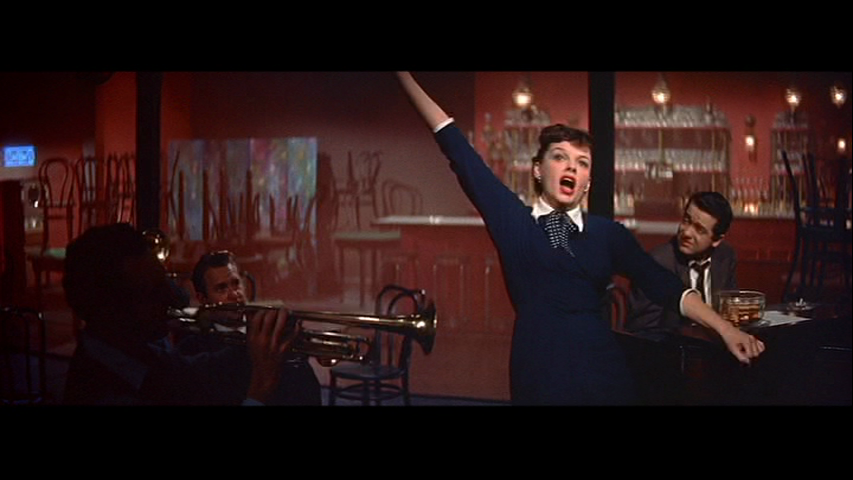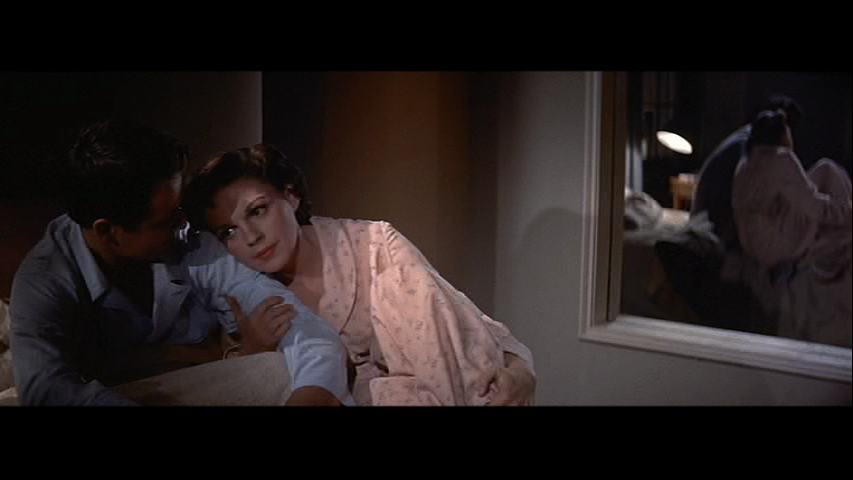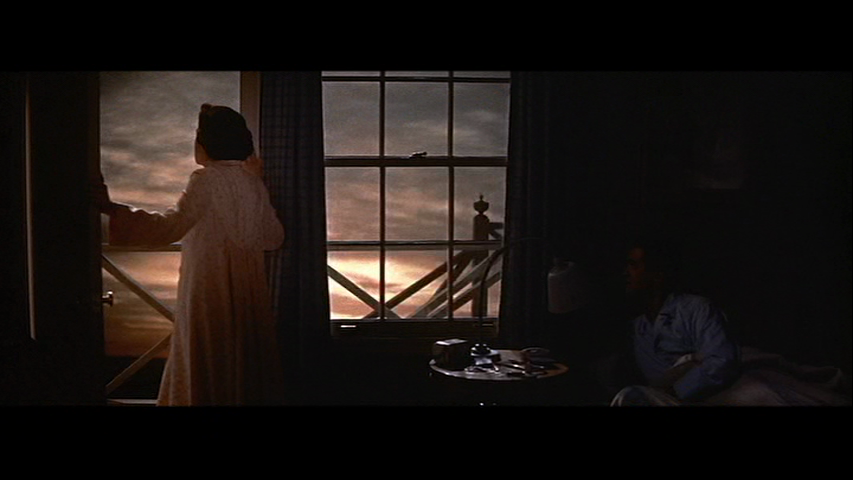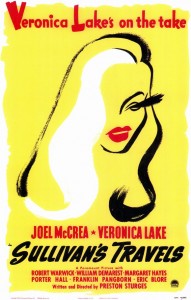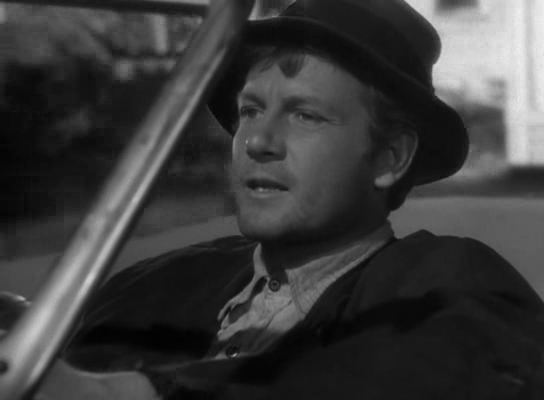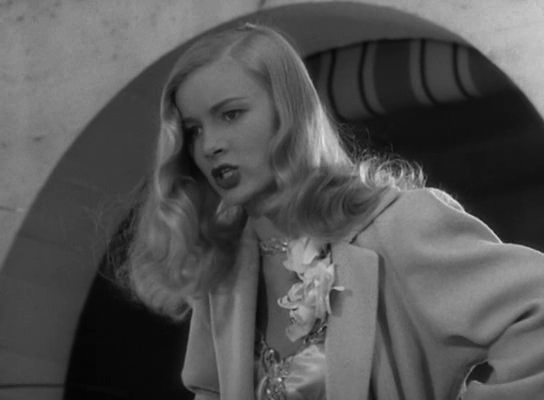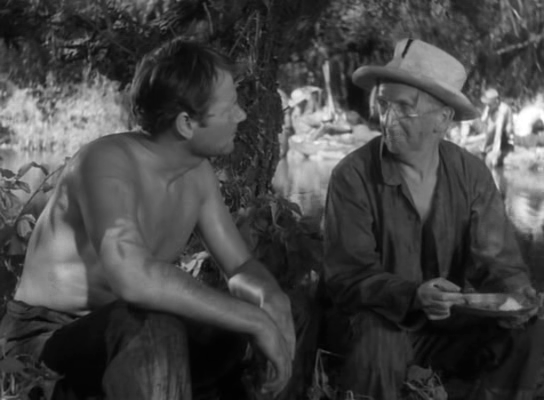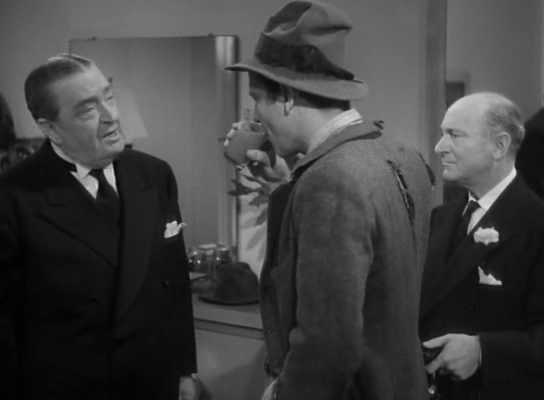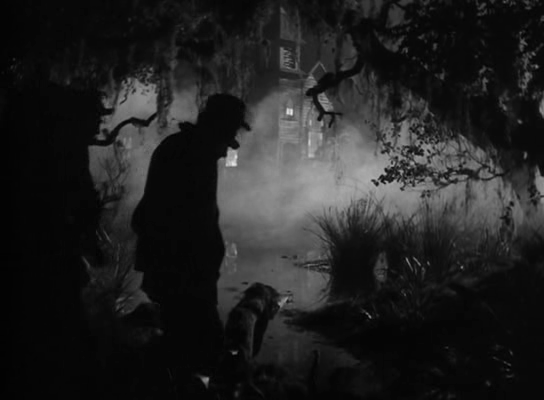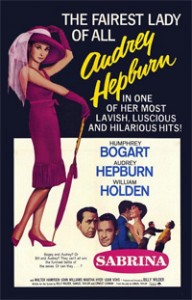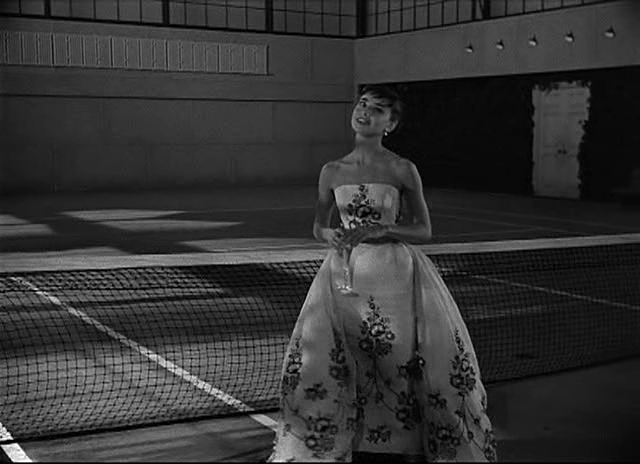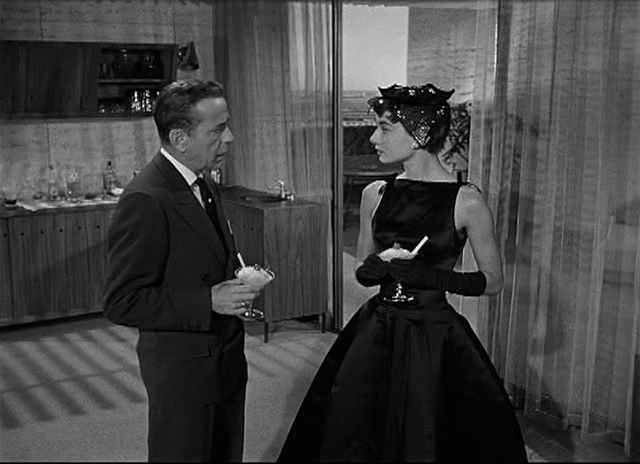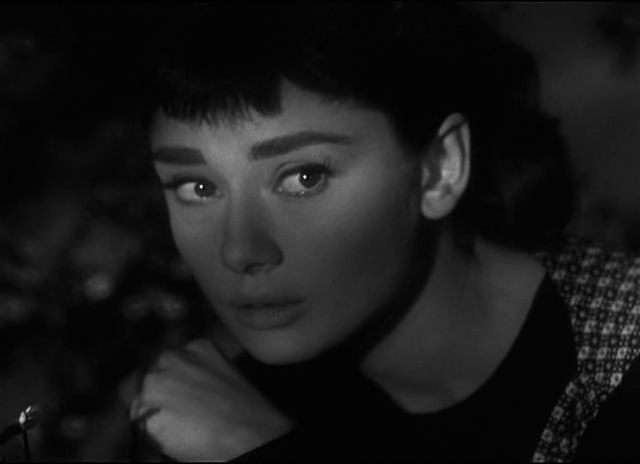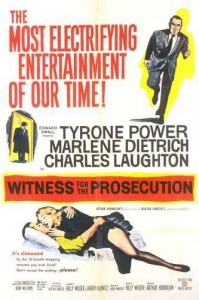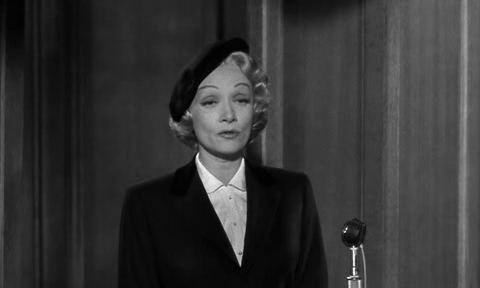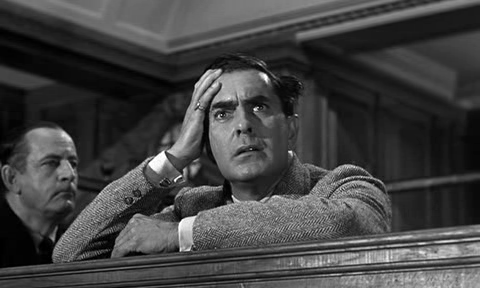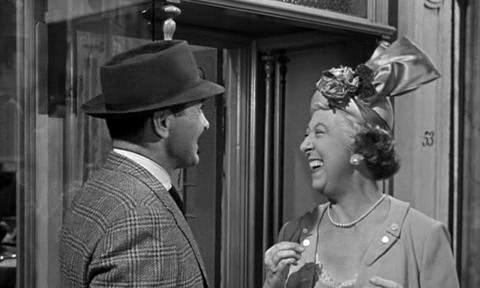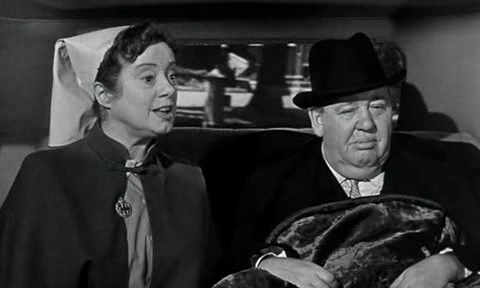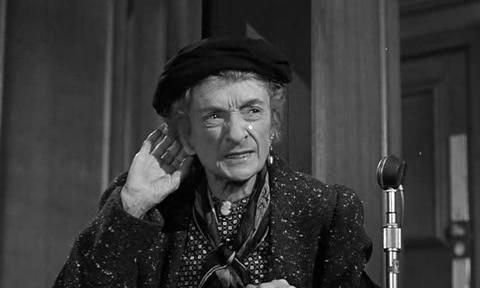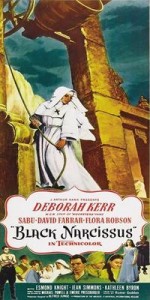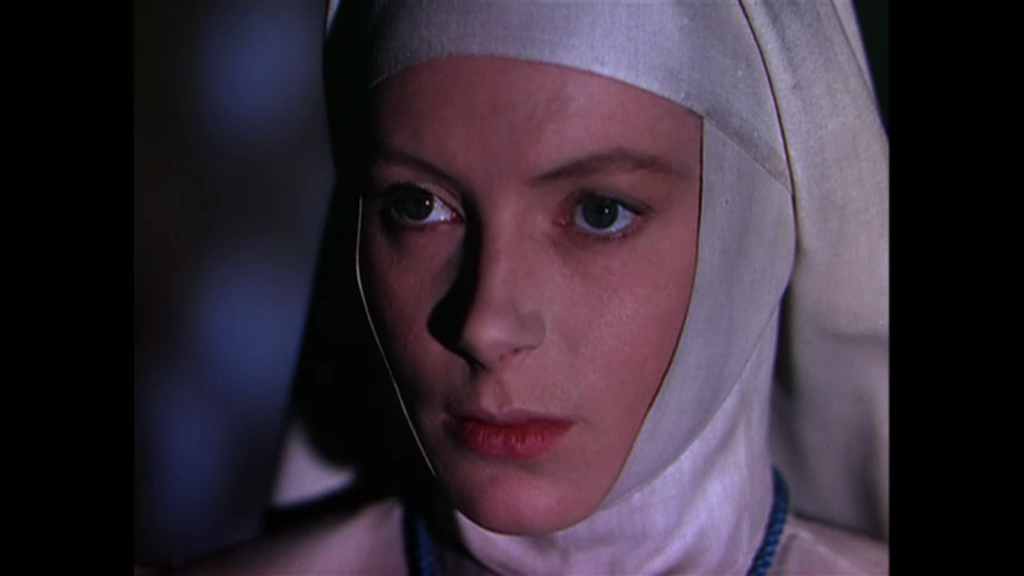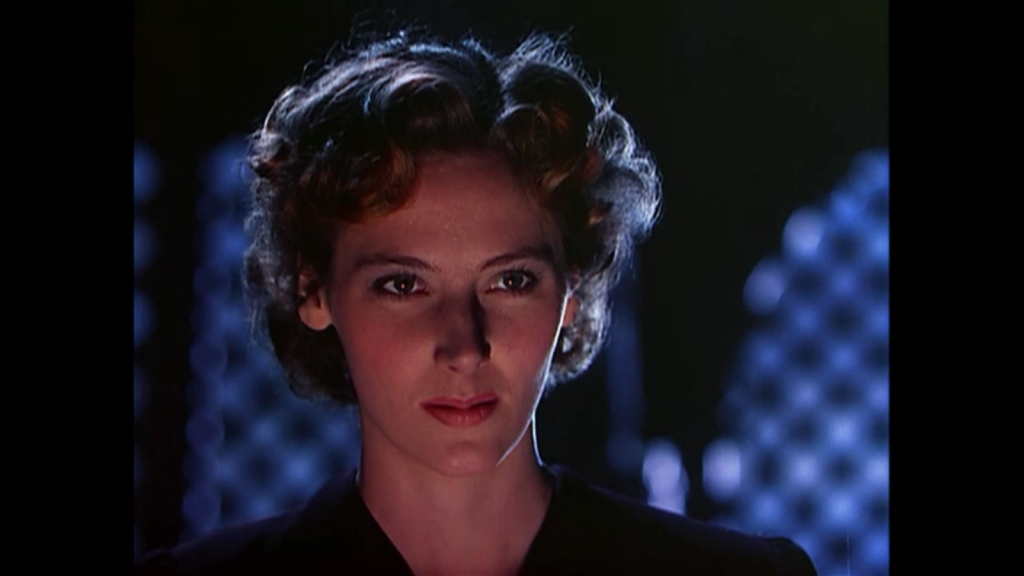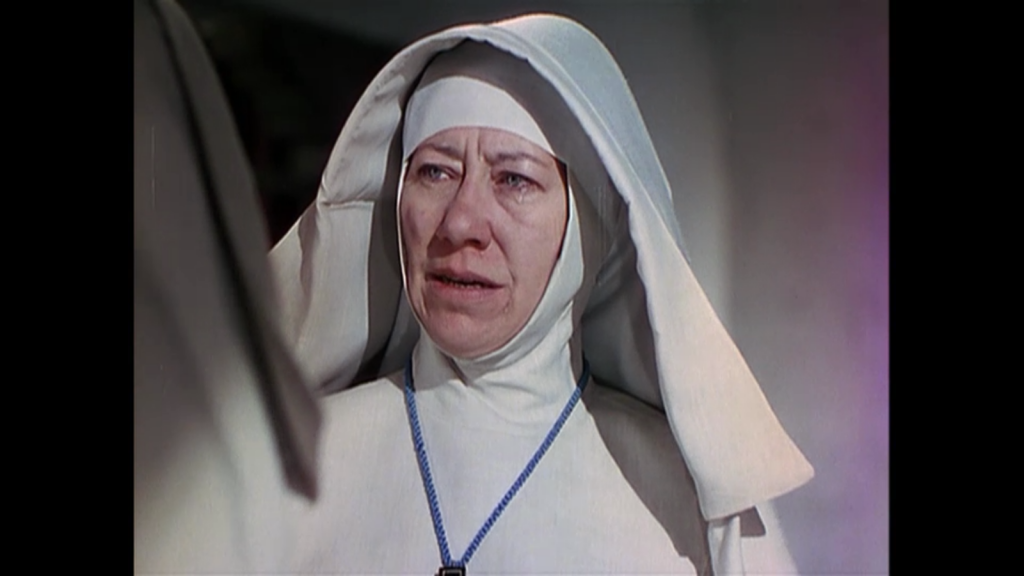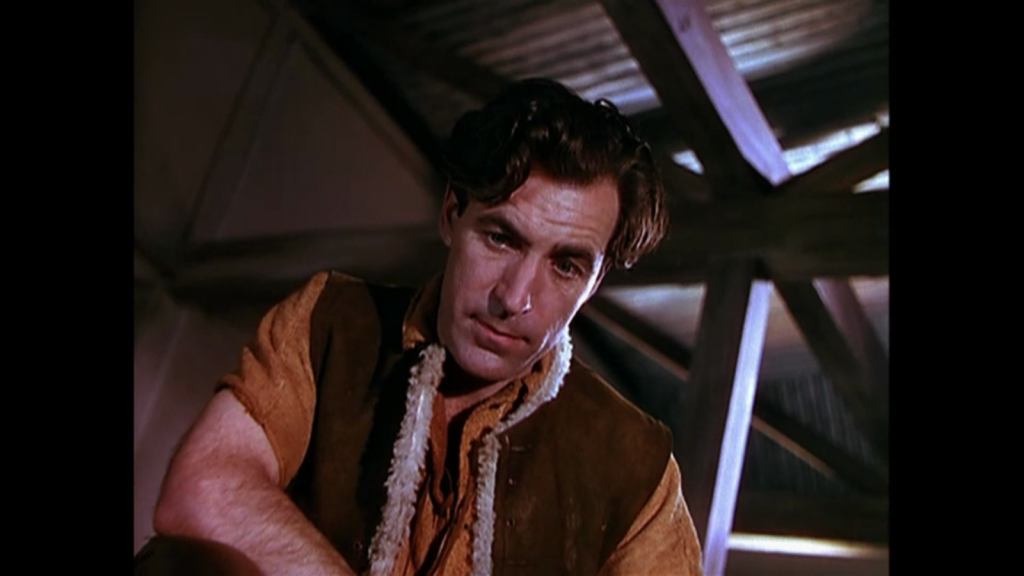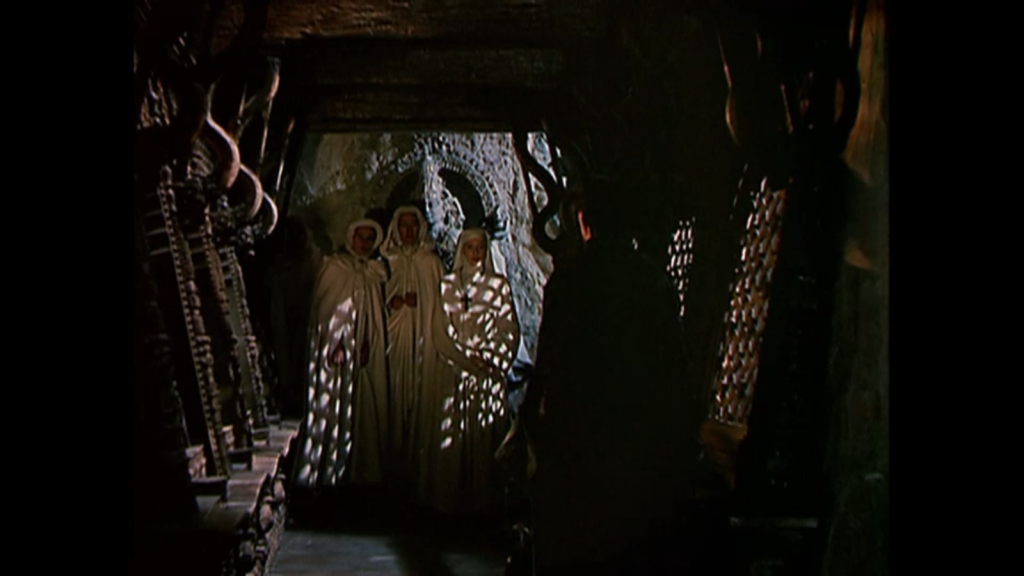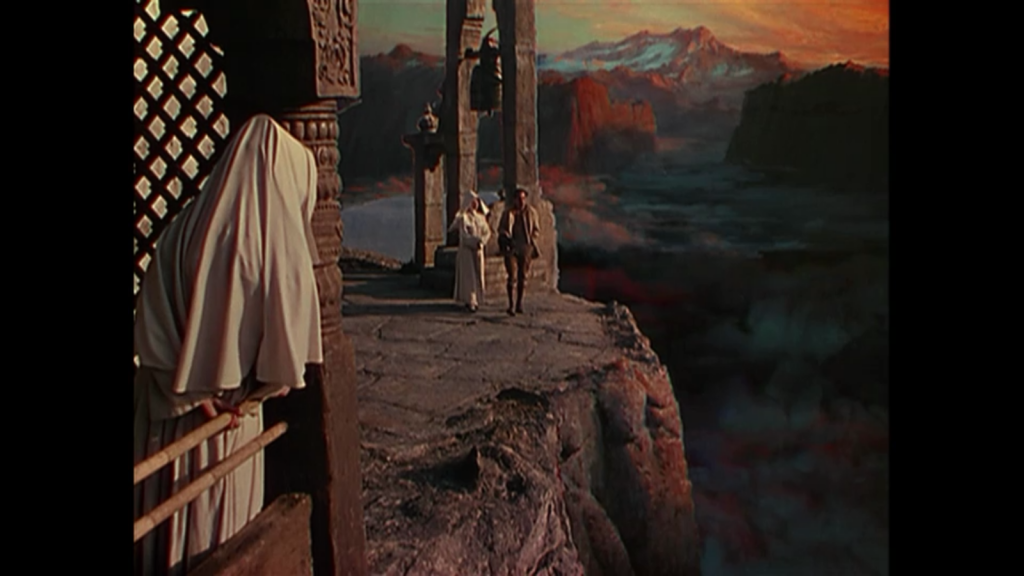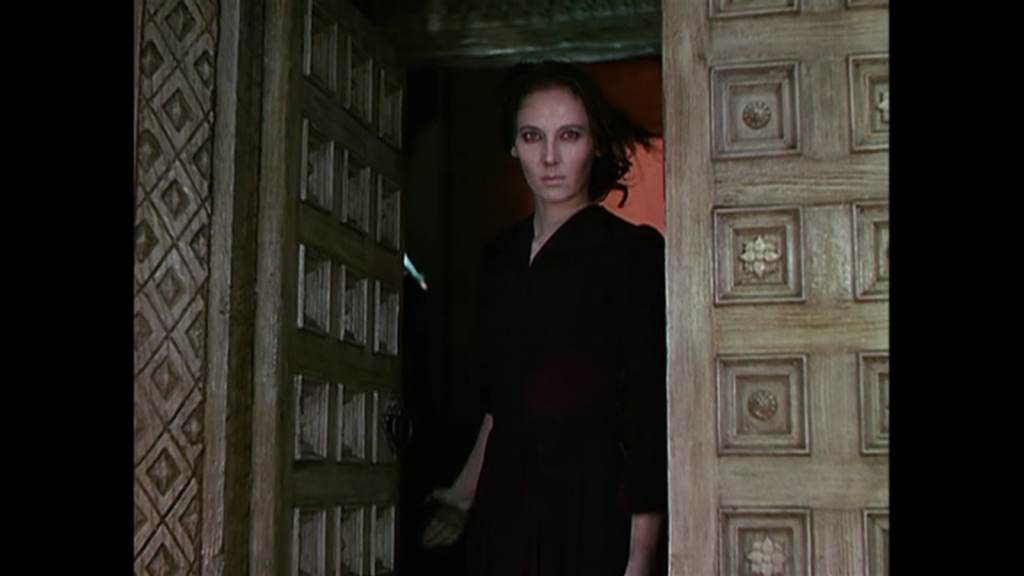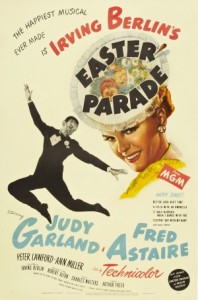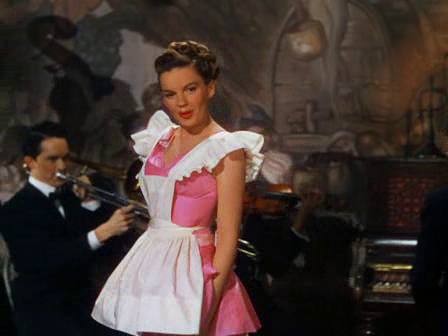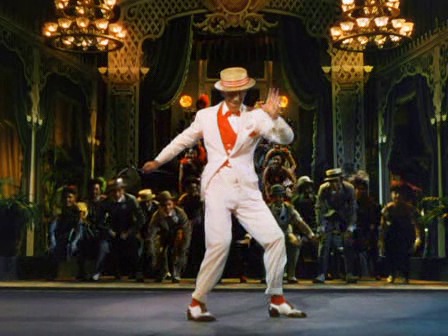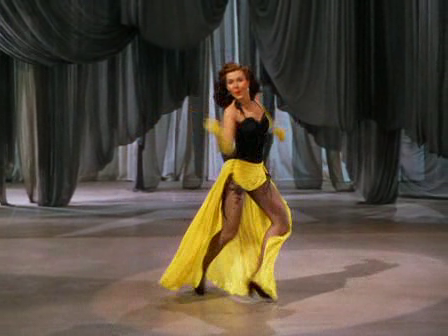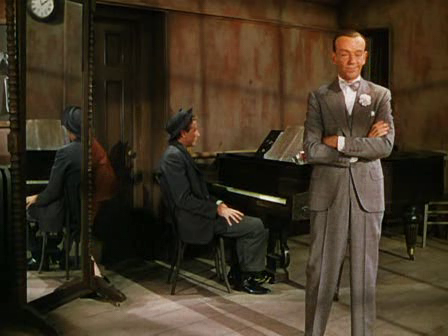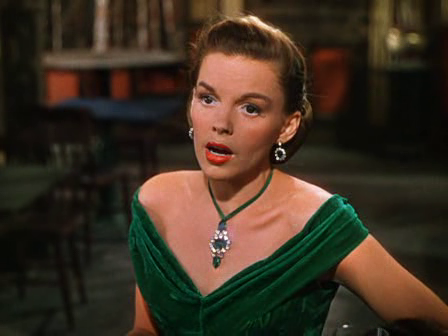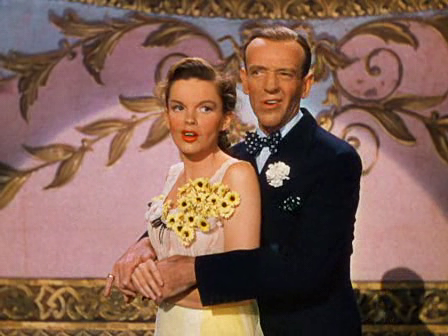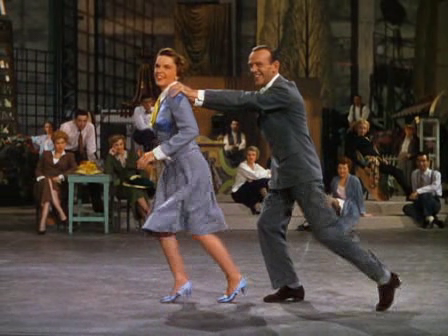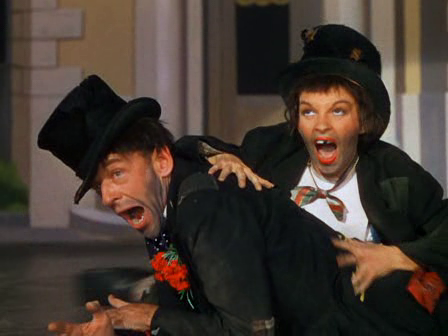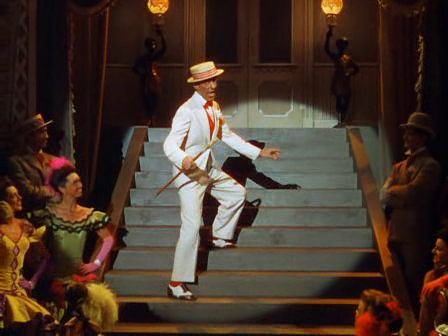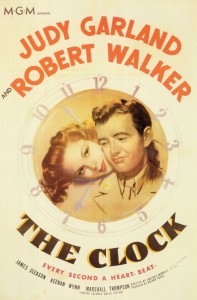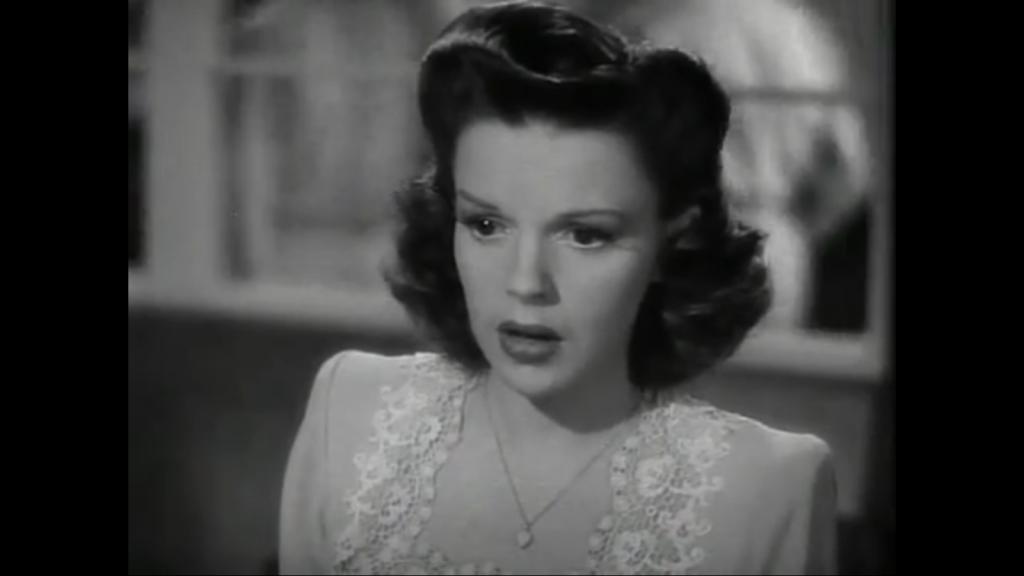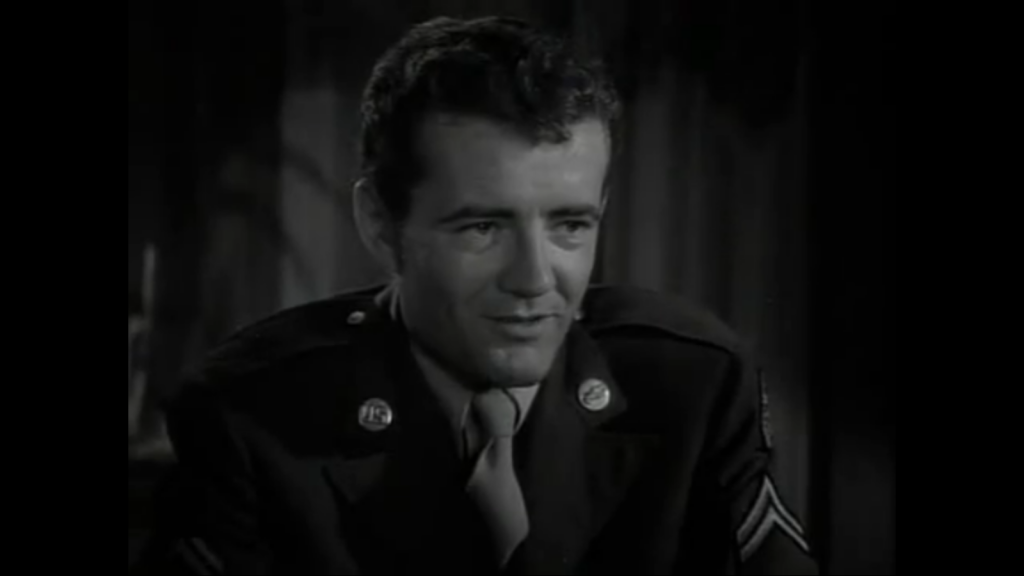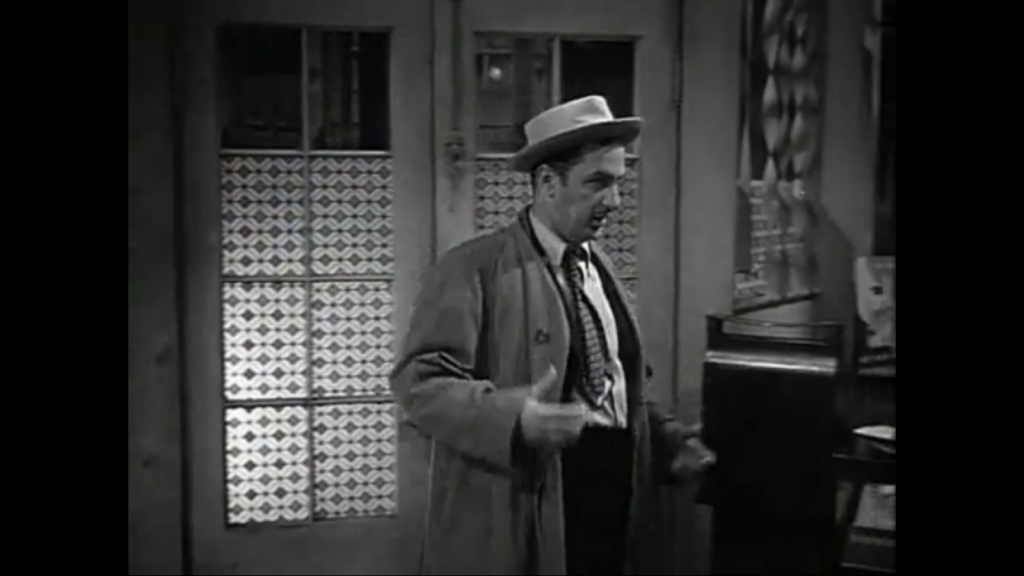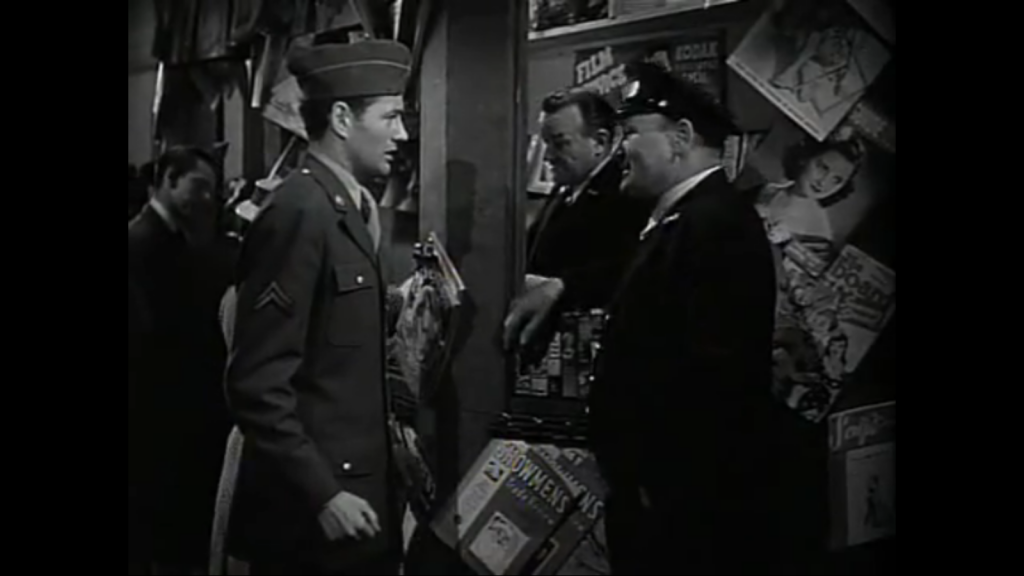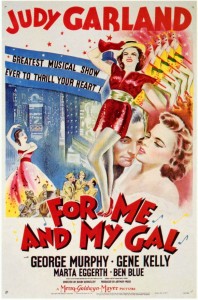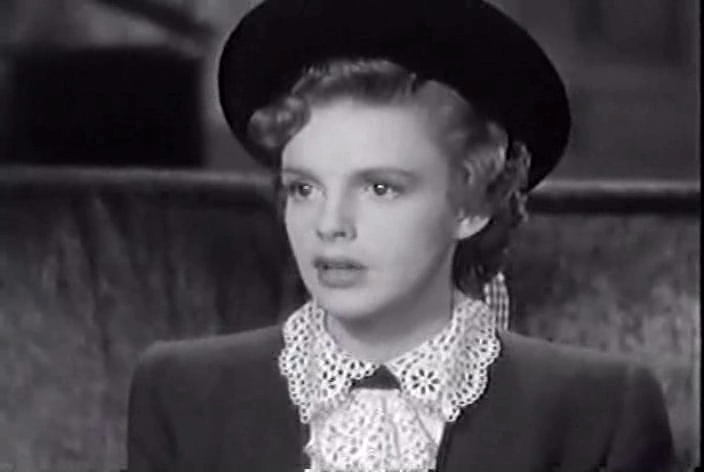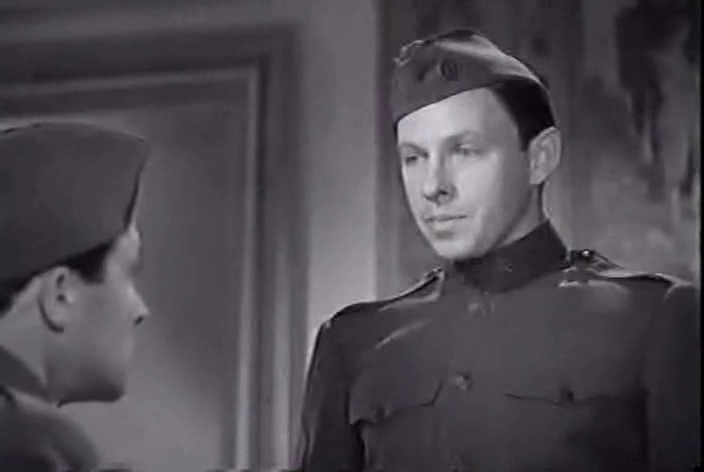|
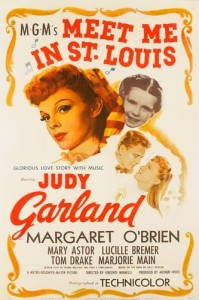
Synopsis:
In turn-of-the-century St. Louis, a teenager (Judy Garland) in love with the boy next door (Tom Drake) is distraught when her father (Leon Ames) declares that she and her family — including her sisters (Lucille Bremer, Joan Carroll, and Margaret O’Brien), her brother (Henry H. Daniels, Jr.), her mother (Mary Astor), and their housekeeper (Marjorie Main) — will be moving to New York City.
|
|
Genres, Themes, Actors, and Directors:
- Family Problems
- Historical Drama
- Hugh Marlowe Films
- Judy Garland Films
- Margaret O’Brien Films
- Mary Astor Films
- Musicals
- Vincente Minnelli Films
Response to Peary’s Review:
Peary describes this “wonderful M-G-M musical” — which he argues is the best musical by director Vincente Minnelli, and the second-best for Garland (after The Wizard of Oz) — as “a warm, unsentimental” [really???] “tribute to family, home, and tree-lined America”. He doesn’t go into much detail in his analysis of the film, instead simply calling out certain notable aspects, such as the “magnificent $100,000 set designed by Lemuel Ayres and Cedric Gibbons”, the “striking color photography” by George Folsey (which “contributes to the picture’s early-century flavor”), and the performance given by “cute, feisty O’Brien, who won a Special Oscar” for her role here as the youngest child in Garland’s family, thanks in part to “two exceptional dramatic scenes”: “one set on a scary Halloween night and another in which she destroys her snowman because she’s so upset about the family’s moving”.
Adapted from “Sally Benson’s short stories about her youth”, the narrative of Meet Me in St. Louis is similarly vignette-driven, divided into four seasons (introduced by old-fashioned title cards), and primarily concerned with showing a nostalgia-riddled vision of a bygone era (which, one should recall, was just 40 years earlier at the time the film was released). At this latter goal, it succeeds admirably: viewers would be hard-pressed to find anything at all unappealing about the lives lived by the Smith family, who are close-knit, wear gorgeous period clothing, live in a “large-but-cozy” house, and have a stern but kind housekeeper (Main) to watch over them. Their biggest concerns — other than the imminent move to NYC, of course — are whether a batch of ketchup stirred up by Astor is too sweet or too sharp; whether Bremer’s long-distance boyfriend will propose to her over the phone; whether the “boy next door” will finally realize Garland is alive; and whether young Tootie and Agnes (Carroll) will survive that year’s Halloween “festivities” (which provide us with a fascinating glimpse at what used to serve as entertainment for young kids on this ghoulish night; getting eggs thrown at your windows no longer seems quite so bad in comparison.)
For a rare dissenting (or at least refreshingly critical) view of the film, be sure to check out DVD Savant’s review. While he rates the film “Excellent” and acknowledges its many virtues, he points out that its primary function at the time was to serve as a subtle wartime reminder “that staying home and staying the same is a great ambition”, and that “Americans were supposed to be lovable small town hicks, the kind who would keep buying tickets to MGM movies indefinitely.” He’s also not afraid to specifically call out some of the storyline’s more troublesome elements — such as during the climactic high school dance, when (as we watch Garland dancing with a series of “undesirable” boys she was originally planning to hoist onto her rival), “the movie… dooms a whole social underclass of boys … to ‘inhuman’ status, in the kind of casual discrimination that the writers had no trouble milking for laughs.”
DVD Savant also admits, “When I first saw the film, I thought Margaret O’Brien was delightful, but her precocious morbidity no longer seems so funny.” Indeed, O’Brien’s iconic performance here continues to divide viewers into two distinct camps (as evidenced by a heated discussion on IMDb’s message board for the film): those who find her “annoying and disturbed”, and those who prefer to view her behavior more forgivingly, as simply a product of the film’s escapism and time period. I’ll admit to agreeing with Savant’s overall sentiment: while I thought she was the cutest thing ever when I first saw this film years ago, upon rewatching it recently I found her surprisingly irritating during certain early scenes. With that said, her heartfelt performance during the two dramatic scenes called out by Peary (particularly the latter one with the snowmen — a precursor to her teary presence while Garland sings the heart-rending “Have Yourself a Merry Little Christmas”) do show clear evidence of her acting abilities, and I believe she deserved the honorary Oscar she was given.
Redeeming Qualities and Moments:
- Judy Garland as Esther

- Margaret O’Brien as Tootie
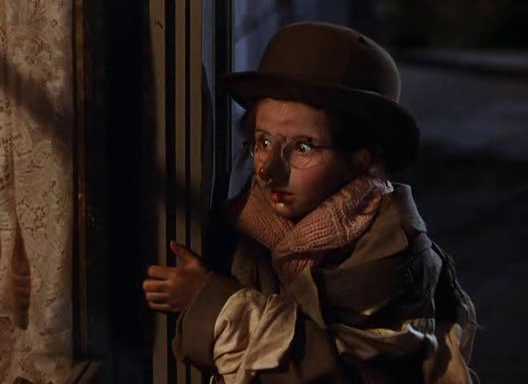
- Garland’s first meaningful interaction with Drake, as he helps her put out the lights in her home
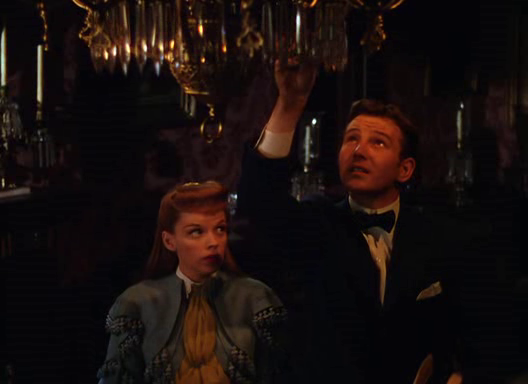
- Fine sets and period detail
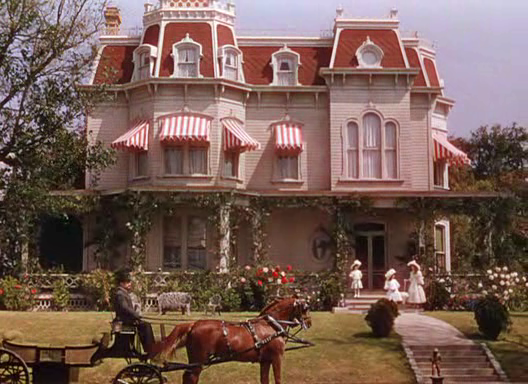
- Garland singing “The Boy Next Door”, “The Trolley Song”, and “Have Yourself a Merry Little Christmas” — three memorable classics
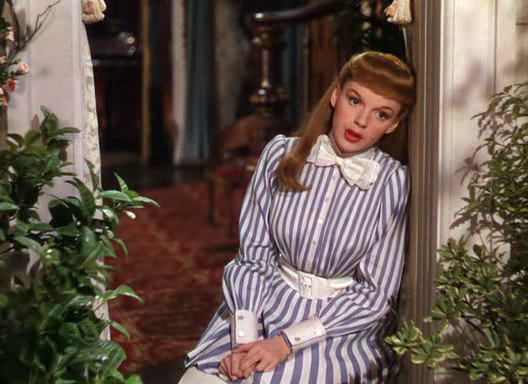

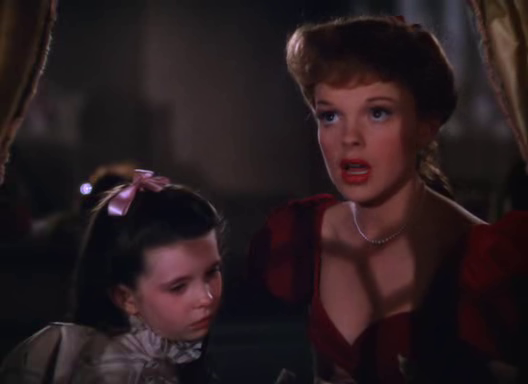
- George Folsey’s rich Technicolor cinematography
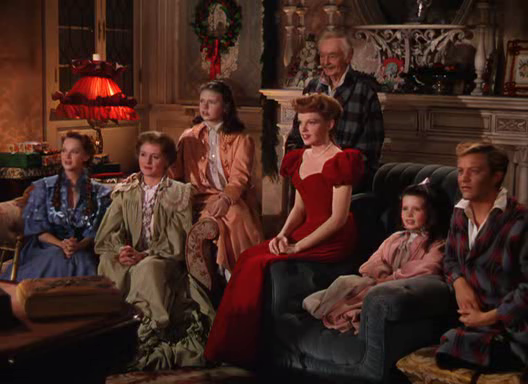
Must See?
Yes, as an acknowledged American classic. Nominated as one of the Best Pictures of the Year in Peary’s Alternate Oscars.
Categories
(Listed in 1001 Movies You Must See Before You Die)
Links:
|
